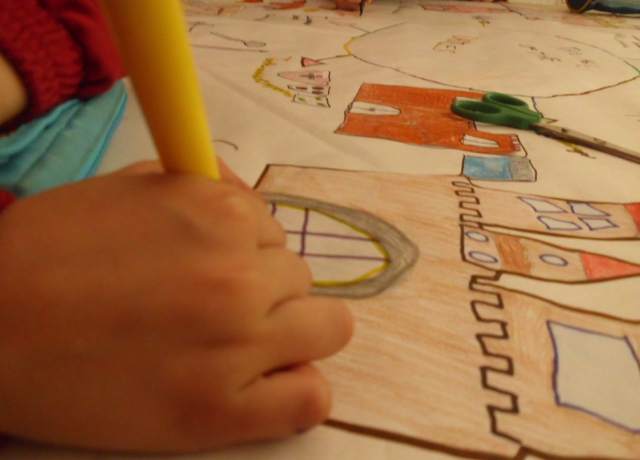Interview: Growing a Heritage Education Community in Romania
Interview: Growing a Heritage Education Community in Romania
When a nationwide heritage education project was announced in Romania last year, it marked a beginning of an inspiring initiative aiming to bring heritage closer to Romanian youth. Today, only one year after the launch, the community of participating teachers, students and schools has grown significantly, while a set of new activities are being introduced for the school year 2017/18.
Despite the fact the project is still young, it has seen a great success in Romanian schools. In further text, PhD. Roxana Zanea, National coordinator of Patrimoniul Educativ project, explains how this was achieved.
Q: How did your heritage education project start?
A: With the organization of a national conference titled "European Heritage Days and Non-formal Education" on October 28, 2016, we found that there are teachers who have felt the current challenges with conservation, restoration and promotion of material and immaterial patrimony.
After the conference, following a positive feedback from partners, teachers and media representatives who showed their interest in conference results, we initiated an online group: Educational Patrimony. We continued with an interesting project dedicated to Immaterial Heritage - Martisor, which collected online resources (photos, presentations, posters, exhibitions) from many high schools, schools and kindergartens in Bucharest, Constanta, Campulung, Braila, as well as from two academic institutions and The Museum of the Republic of Moldova and Bulgaria.
Q: What are you currently doing to promote heritage in schools?
A: This autumn, we will support the heritage ideas by reflecting European Heritage Days again through a World Heritage in Young Hearts workshop. The workshop will be carried out using tools and resources offered by UNESCO to promote and safeguard the world’s and national heritage, as well as through an online contest National for High School Students: Selfie Heritage you, Cultural Journey in Your City - In Search of Material Heritage Objectives.
Meanwhile, The Educational Patrimony community has grown to 67 teachers. We hope that next year we will find enough resources to set up an association with a legal status and to work even more seriously with all our friends and partners. What we all want, and especially the initiators of the projects, is to compensate for the lack of public institutions' concern for how they are reflecting national and universal values involved in the UNESCO chart in schools, kindergartens, and high schools in the country.
At the national level, we have many initiatives, from books to digital resources, about everything that involves indexing, preserving, restoring material and immaterial heritage. What we do not have is essential: how we pass it on to the younger generations, how we promote them among children and, implicitly, parents.
Q: What else do you think can be done to engage youth in heritage preservation and promotion?
A: Personally, I would like to see an optional course to be devoted to the heritage risk, saving and protecting heritage, promoting the World Heritage List, the Romanian Heritage List and the many tools developed by UNESCO for teachers.
Our students are the future citizens of this country and the world and have the duty to reinforce what has been achieved through World Heritage initiatives so far.
If each pre-university school curriculum would include at least an optional course for children to learn specific notions and clear examples of restoration versus renovation, conservation and even destruction, perhaps things would change over a generation.
At the university level, I would recommend each university to offer volunteer programs for their students in this field. As UNESCO experts say, a full awareness of heritage protection comes in time, but efforts should be constant, on every level and generation.
